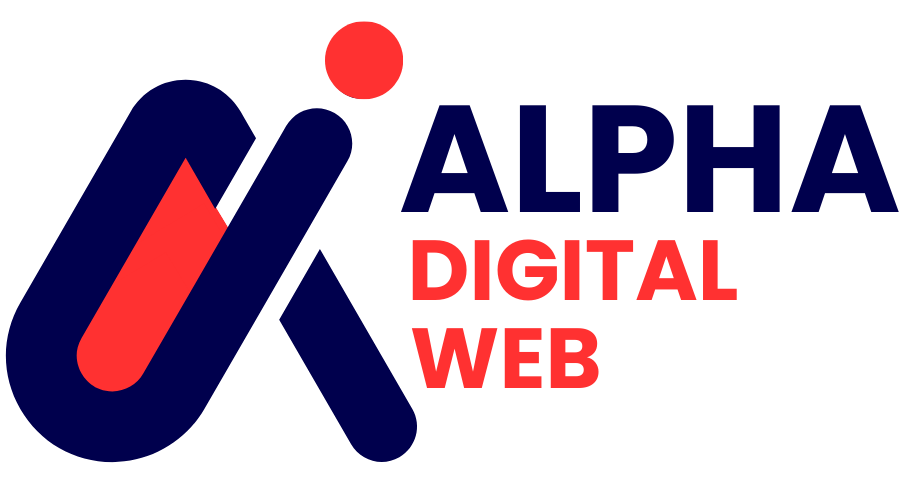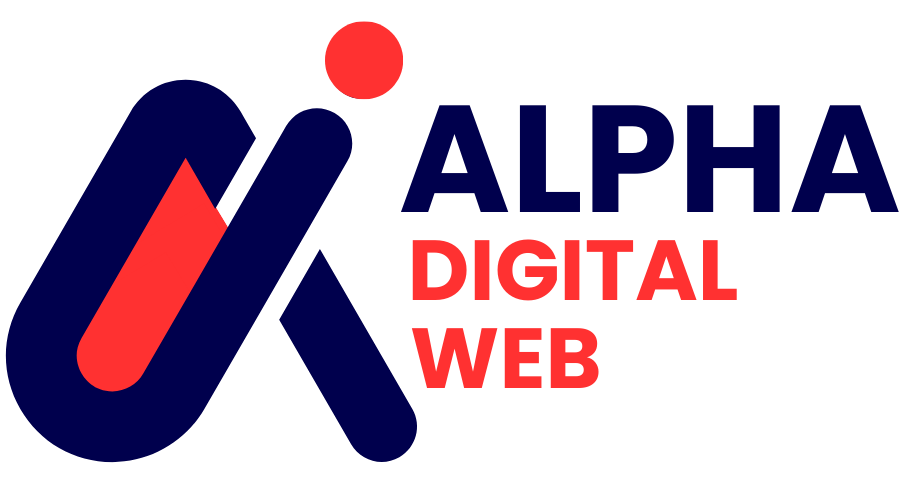Introduction
UI design is no longer just about aesthetics It is about building seamless user journeys that delight and convert As digital platforms evolve the demand for high quality intuitive user interface design continue to grow In 2025 two tool dominate the conversation Canva and Figma Both are powerful in their own right but serve different design need and creative workflow
If you are trying to decide which tool is right for your next project this guide will help you make an informed decision Based on features performance collaboration and real world use cases we will compare Canva and Figma for UI design in 2025
1 Understanding the Core Purpose of Canva and Figma
To determine which is better for UI design we first need to understand what each platform is built for
Canva is a graphic design tool known for its ease of use and beginner friendly interface It is designed for marketers content creator and small business who want to design quickly without needing professional skill It is especially popular for those starting their journey into graphic designing

Figma on the other hand is a cloud based design tool built for UI UX professional It focus on interface design wireframing prototyping and real time collaboration for team working on digital product

While Canva has added some UI features Figma was built from the ground up for interface design making it the more robust choice in terms of technical depth and usability for modern UI design tools in 2025
2 User Interface and Ease of Use
One of the most important factors for designers in 2025 is how quickly they can start creating and how intuitive the platform feels
Canva offers a drag and drop experience with pre designed templates icons and elements Its minimal learning curve makes it perfect for quick mockups social media graphics and simple landing pages This makes it a favorite among beginners and digital marketers exploring graphic designing platforms
Figma has a steeper learning curve but offers more control and customization for professional UI design The interface is packed with advanced tools like component sets auto layout vector networks and variable fonts
If you are a beginner Canva is easy to jump into If you are designing an app interface or complex web page Figma offers the tools needed for precision and performance in a professional design workflow
3 Features That Matter Most for UI Designers
When it comes to UI design specific features can make or break your workflow Let us look at what each tool offers in this area
Canva UI Features in 2025
⦁ Design kits with pre built UI elements
⦁ Responsive resizing options
⦁ Grid and layout control improvements
⦁ Custom color palette integration
⦁ Basic component creation for reuse

Figma UI Features in 2025
⦁ Advanced auto layout for responsive design
⦁ Component variants and nested components
⦁ Interactive prototyping with transitions
⦁ Live collaboration and version history
⦁ Figma plugins like Anima FigJam and Autoflow
⦁ Design tokens and variable support

Figma clearly leads in terms of features for UI design giving designers full control over structure behavior and interaction making it one of the top choices among interface design software and essential for high level graphic designing in 2025
4 Collaboration and Team Workflow
Remote collaboration has become the norm and how a design tool supports teamwork is critical
Canva allows for team access with shared folders brand kits and commenting features It works well for marketing teams and small design groups who need to stay visually aligned
Figma is built for collaboration Every action is synced in real time and multiple users can work on the same design file without conflict The ability to co design in real time has made Figma a favorite among product teams and agile developers
In terms of seamless real time collaboration Figma continues to set the standard for UI teams in 2025 across the digital product design space making it essential for collaborative graphic designing teams
5 Prototyping and Developer Handoff
One key area where UI design tools are judged is how well they translate designs into functional products
Canva offers very basic prototyping through link sharing and animated page transitions It is not designed for detailed prototyping or developer handoff
Figma provides rich prototyping tools allowing designers to create interactive flows with smart animations conditions and variables It also includes built in developer handoff where code snippets design specs and assets can be exported instantly
For product teams building complex apps or websites Figma saves time and reduces miscommunication between designers and developers making it a leader in design to development tools and essential for enterprise level graphic designing
6 Templates vs Custom Design
Designers who rely on pre built assets often choose Canva because of its massive library of templates icons and elements This allows for rapid creation but may limit flexibility
Figma favors custom design work letting users create everything from scratch or build reusable design systems Design tokens responsive behavior and nested elements make it ideal for scalable products
In 2025 Canva templates have improved but still lean toward marketing assets rather than full scale UI systems while Figma remains the top choice for building design systems and user centric experiences in modern graphic designing
7 Plugin Ecosystem and Extensions
Both tools have growing plugin ecosystems but they differ in scope and purpose
Canva plugins focus on stock assets productivity and creative elements like QR code generators image filters or GIFs
Figma plugins go deep into UI workflows with tools for animation accessibility content population icon libraries and design systems Examples include Unsplash Iconify Figmotion and Contrast Checker

If you are working on detailed UI projects Figma plugins offer unmatched capabilities for extending design functionality across interactive design and prototyping which is a major asset in advanced graphic designing
8 Learning Curve and Community Support
Canva has an enormous user base with tutorials designed for beginners It is perfect for those who want to start designing quickly with minimal training
Figma requires more time to master but its active community creates guides templates YouTube content and even complete UI kits for free The Figma community is strong among developers and interface designers offering powerful support for advancing in the UI UX field
For long term growth and skill building Figma offers more depth but Canva is a faster way to start especially for users exploring graphic designing for beginners
9 Ideal Use Cases in 2025
To help you choose let us define when to use Canva or Figma based on the type of project
When to use Canva for UI design
⦁ Simple landing pages and website headers
⦁ Non technical teams building design assets
⦁ Social media and brand design with light UI elements
⦁ Quick mockups for presentations
When to use Figma for UI design
⦁ Mobile app interfaces and responsive websites
⦁ Product design workflows with prototyping
⦁ UX testing with interactions and states
⦁ Collaborative work with developers
Figma is the clear choice for high level UI projects Canva works best for visual storytelling and lightweight design assets in fast content creation perfect for social media based graphic designing
10 Pricing and Accessibility in 2025
Canva offers a freemium model with Pro plans that unlock brand kits animations and advanced tools It is affordable for freelancers and small teams looking for easy to use design tools
Figma also offers a free plan with limited features but its Professional and Enterprise tiers are geared toward design teams who need full access to libraries and developer tools for advanced workflows
While Canva may win in cost effectiveness Figma provides better value for serious UI projects where control and scalability are key in enterprise level design and future ready graphic designing
11 Speed Productivity and Efficiency
Speed is critical in design especially when working on tight deadline
Canva allow for fast output thank to its template system and automation tool This make it perfect for recurring design task like social media post or promotional banner
Figma excels in design production workflows where consistency across screens and components is needed Auto layout and reusable components mean less duplication and faster scaling making it a go to for high efficiency design systems and scalable graphic designing
12 The Future of Canva and Figma in UI Design
Canva is expanding into UI with features like design kits and layout grids and may become a bigger player in the coming years However it will need to add more interactive tools and development support to match Figma
Figma is already a market leader in product design and continues to innovate with AI features design systems and integration with development tools such as code automation collaborative whiteboarding and variable styling
In 2025 Figma is not only the better UI design tool but also a central hub for modern digital product teams Canva remains a strong choice for visual communication but not yet a replacement for professional UI workflows especially in the domain of professional graphic designing
Conclusion
Choosing between Canva and Figma for UI design depends on your goals your team and your level of experience Canva is ideal for quick design projects where speed and simplicity matter most Figma on the other hand is the top choice for serious UI design work that demands precision collaboration and control
As UI design becomes more central to business success in 2025 Figma stands out as the platform that supports full scale design development and innovation Canva is catching up with impressive tools but still serves best in non technical creative workflows
If you want to achieve next level digital creativity Figma is the platform that will elevate your UI design game to the future

